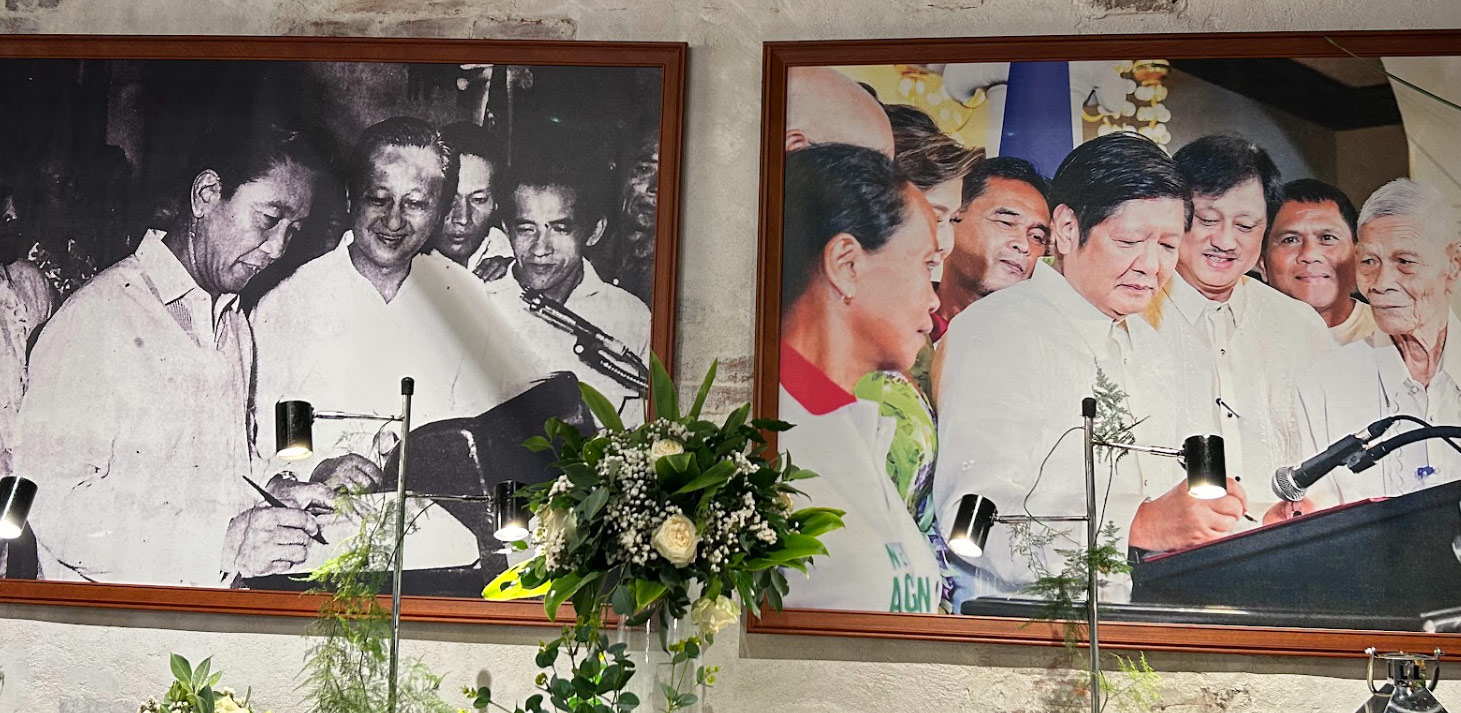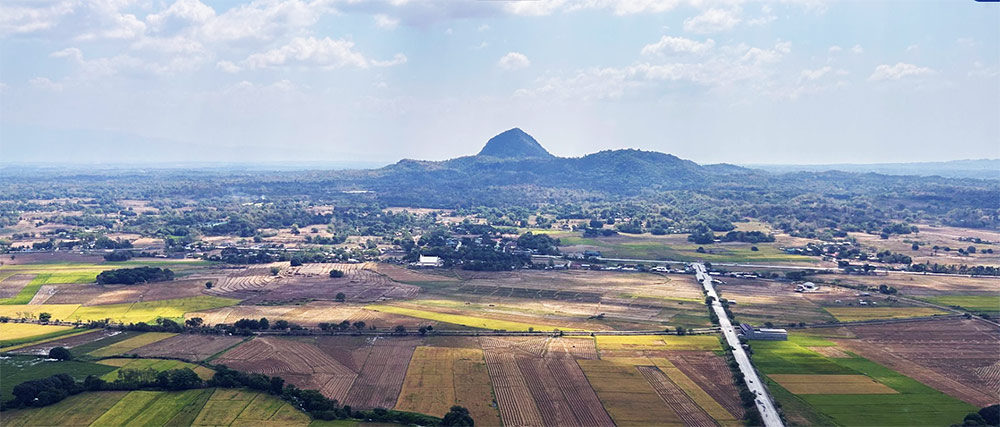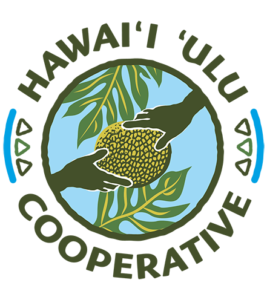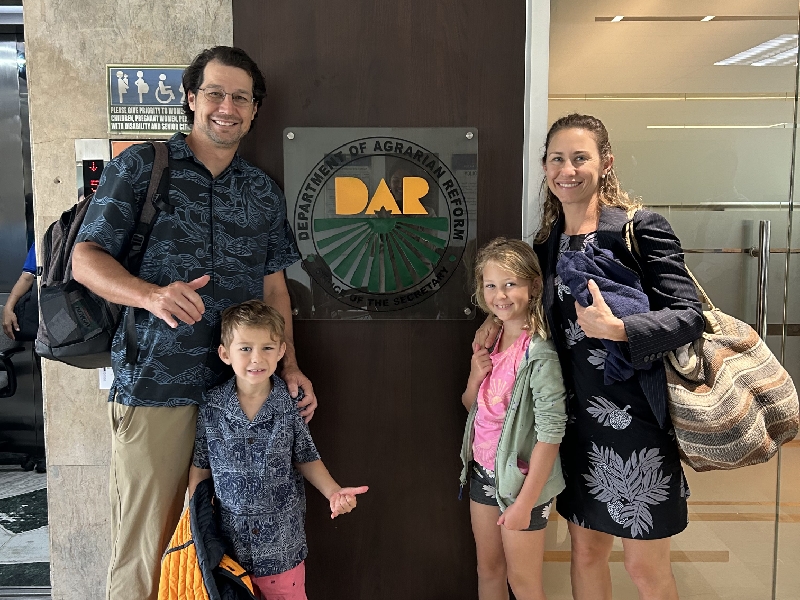Department of Agrarian Reform
The history of the Philippines’ Department of Agrarian Reform (DAR) provides many parallels for Hawaiʻi. The Department was first created in the early 1970s by former President Ferdinand Marcos, who is controversial for his political system of constitutional authoritarianism, which included a period of martial law and eventually led to his ouster and exile to Honolulu, where he died in 1989.

DAR’s founding mission was to facilitate the redistribution of agricultural land from a small number of large landowners to many small farmers who had never previously owned their own land. Prior to the Agrarian Reform, most farmers were sharecroppers or leaseholders, locked into tenure structures that limited their ability to build generational wealth. Initially, DAR beneficiaries were only allowed to grow rice or corn and paid for their new land parcels over a 15- to 30-year period based on the expected revenues earned over 2.5 years plus interest. A central Land Bank was created to collect these farm mortgage payments and redistribute the funds back to the previous landowners. Beneficiaries were also initially required to join a Samahang Nayon, or village associations structured as cooperatives, which were used as vehicles to help distribute technical support services to the farmers.
Small farmers used cooperatives as an important tool to organize themselves and develop economically viable farms. They were even used as quasi-banks to help administer business development loans to the farmers. By the end of 1979, just 5 years after DAR was formed, there were over 18,000 Samahang Nayon in the Philippines, representing nearly 1 million farmers!
Photo above: posing in front of the DAR office after giving a breadfruit presentation to the Department of Agriculture and stakeholders.
DAR has gone through many changes in the past few decades to remain relevant to farmers in a fast-changing economic landscape and to have a greater positive impact on agriculture and food security. Beneficiaries can now produce any crop they choose on their allotted parcel and must submit a short farm plan as part of their application. And they no longer have to pay for their land. This is because original farmer beneficiaries struggled to pay off their mortgages — with a 90% default rate resulting from the burdensome amortization payments and the government overestimating revenues generated from the rice and corn cropping templates and underestimating production costs. All previous farm loans have since been forgiven. DAR is now also working on splitting out parcels that were initially awarded to collectives of farmers to delineate which land area belongs to which individual.

Today, DAR represents 5 million hectares of agricultural land and has 3.1 million farmer beneficiaries — 40% of all farmers in the Philippines! National reprioritization of DAR’s work was reinforced in 2022 by the current President, Bongbong Marcos – son of the former Marcos, who established DAR 50 years earlier. This effort is supported by broad public concern about food security and malnutrition in the country.

